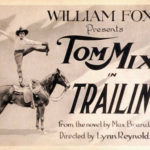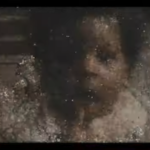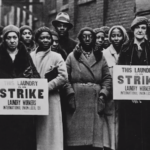Animating the Hangman
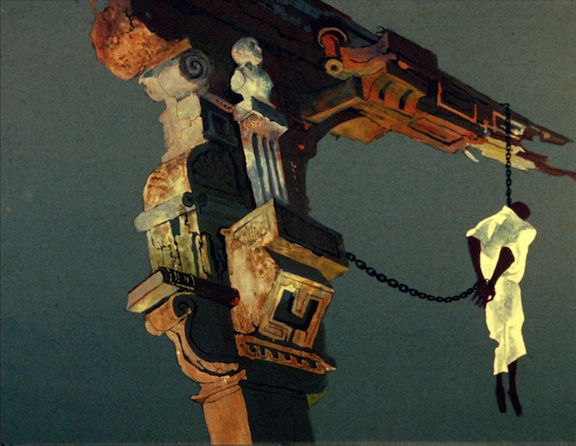
n
Ron Diamond remembers a day during his school years when he and his classmates were shown a striking animated film about a town of people being hanged, one at a time.
n
“The 16mm AV trolley was pushed into the room in the 1960s, and I saw this film projected,” recalls Diamond. If he wasn’t hooked on animation, before then, that classoom discussion starter did the trick. He grew up to became the executive producer at Acme Filmworks, which creates animated advertisements, film-and-television title sequences, and the like; but as a labor of love, he also runs The Animation Show of Shows, a nonprofit organization that takes curated collections of innovative animation films to film studios and film schools, to spark the flow of creative juices, there.
The Animation Show of Shows has just [May 2016] received a grant from the National Film Preservation Foundation to preserve the short film Diamond saw in that school classroom, decades ago: Hangman. Finding the elements of that 11-minute film, made in 1964, has entailed a search across and up and down the country that demonstrates the heartening results that film-restoration devotees can achieve when they go terrier-like after their quarry.
Hangman amplifies the powerful message it derived from a bracing 1951 poem by Maurice Ogden, “The Hangman,” published in 1954 under a pseudonym. In it, townspeople stand by fearfully and fail to intervene as one by one, they are hanged, until finally only the hangman and the poem’s narrator remain, the latter not for long.
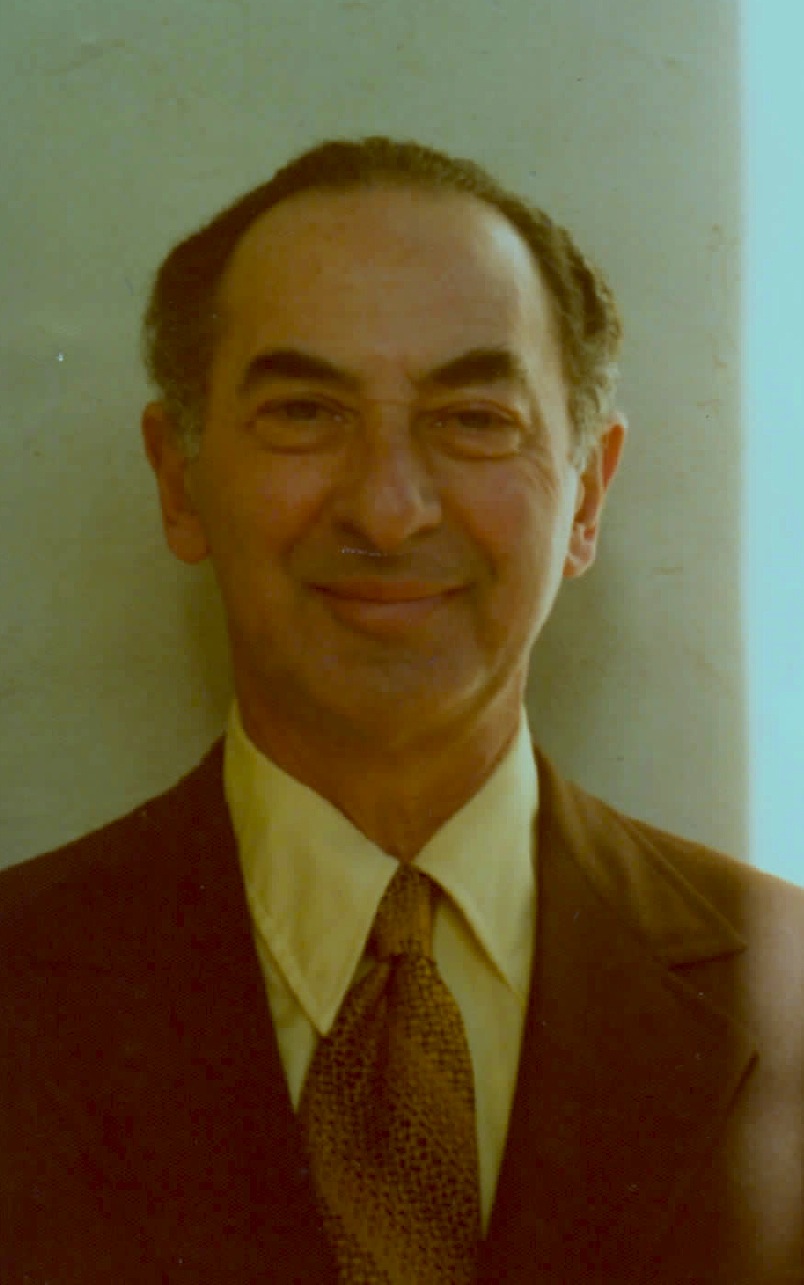
Les Goldman
The haunting film, which would win numerous international film-festival awards, was the work of Paul Julian (1914-1995), who went on to a successful career animating for Warner Bros.‘ Looney Tunes and Merry Melody cartoons, and Les Goldman. Goldman (1913-1983) would go on to produce films like How the Grinch Stole Christmas! (1966), Off to See the Wizard (1967-68) and The Bear That Wasn’t (1967). But according to Goldman’s son, Steve Goldman, his father considered making the film “one of the most important accomplishments of his life.” He undertook the work after hearing the poem read on Pacifica Radio in Los Angeles, says his son: “My father almost single-handedly raised the money to make the film, with $100 and $200 donations from friends and associates.” Those included Paul Julian, composer and ethnomusicologist Serge Hovey, who wrote the score, and American film, stage, and television actor Herschel Bernardi, who reads the poem in the film. Although the poem “has Holocaust parallels,” Steve Goldman says, Maurice Ogden “was actually writing about America during the McCarthy era. Ogden was an actor and writer who was denied work and persecuted by the House Un-American Activities Committee during the 1950’s and early 60’s for allegedly having been a member of the Communist Party many years earlier.”
But it’s message is timeless, as Diamond says from his offices in Palms, near Culver City, California, a film-steeped part of the world. Acme Filmworks has since 1990 created animations and other shorts, including title sequences – for example, it recently created, with a Polish animator, Michal Socha, a sequence for The Simpsons; its clients have included Levi’s Women’s Jeans, Weight Watchers, Hilton Hotels, Charmin, AT&T, and United Airlines. It works with animators around the world, and has won several animation-industry awards. “We seek out animators who are really unique in how they tell their story,” he says.
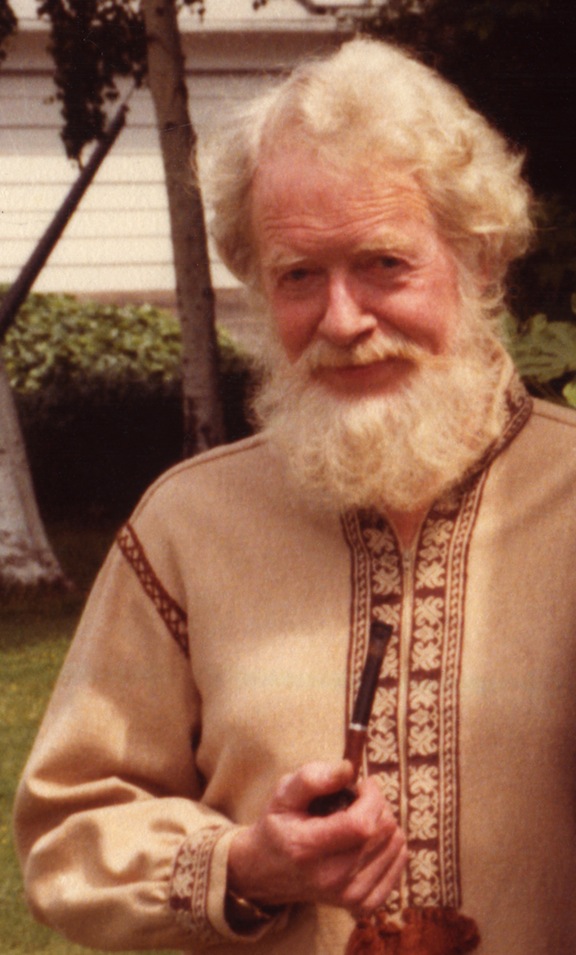
Paul Julian
During his career, Diamond has also produced three full-length feature films, including the animated Drawn From Memory (1995), directed by Paul Fierlinger, the first feature-length animated documentary to be featured on PBS’s American Playhouse. Among other Acme productions have been Drew Carey’s Green Screen Show (2004), a 12-episode series for the WB Network.
But Diamond’s great passion, he says, has been for the most creative work in animation. He says: “Back in the 1980s I was involved in introducing really great shorts, long before they had their Oscar nominations as part of the International Tournee of Animation, which I was one of the producers of, and even before that I had my own distribution company.
“I saw it as an opportunity to introduce my peers, people in Hollywood and at the major studios, into what was going on in animation. So in 1998 I organized the Animation Show of Shows with the expressed intent of just asking the filmmakers for permission to show their films, with two promises: One, I would present each show; two, I would not charge admission.”
He began to take his selections of the best work he could find to film studios like Disney, Pixar, and Dreamworks, as well as film schools and animation societies like ASIFA, the International Animated Film Society. Animation-film makers were glad for the exposure; the studios and film schools gained access to top-level work they otherwise would be unlikely to see; Diamond found himself doing 10 or more presentations a year, on top of his day job.
“This is a really bad business model,” he wrily observes. “But the response was really favorable, so I kept doing it.”
His goal, he says, was to provide opportunities for animators to have their work seen, and for studio staff and animation students to become more aware of the cutting edge in styles and techniques. “We didn’t have YouTube when we started to do this, and now we do. That’s one way to see these films, and if you have time to find what you’re looking for, it’s an easy way to do it. But if you’ve got a family and you’ve got work and all the other things that go with it, most people don’t have the time to look for it, so they’re happy to have someone curate it.”
He adds: “The goal here was to remind people why they got into the business. Some of the people are inspired by Walt Disney and some by Warner Bros., but a handful of people are inspired by these short films, and I think it’s important to have a look at what else is going on in the world, on occasion.”
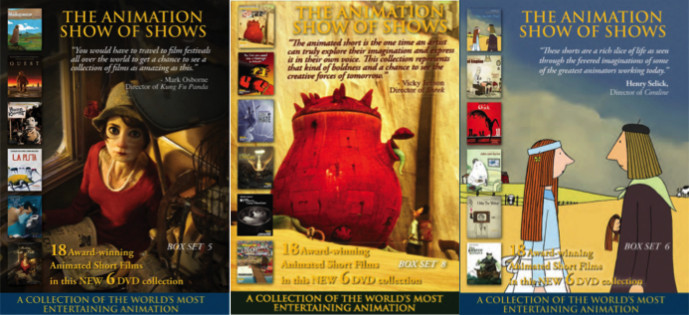
n
That remains Diamond’s goal even as he had begun to mount theatrical presentations that are expanding the reach to an audience of film aficionados. He began selling his Animation Show of Shows collections in 2007, and more recently to offer theatrical presentation of the work. Diamond presented many of them: 47 shows in 47 cities, in rapid succession. And when he makes his studio and school presentations, he shows the films up to three times in each city, and sometimes he presents in two cities in the one day. A lot of flying. Exhausting. And again, says Diamond, “not a sustainable business model.”
To date, he has produced 54 DVD volumes of animated films, a total of 162 shorts including 14 Academy Award winners and 37 nominees, and other films that have won major film-festival honors. They employ a wide variety of techniques, such as hand drawing, paint on glass, stop-motion, and state-of-the-art computer-generated imagery. Among Animation Show of Shows’ other DVD releases are restorations of 25 student films by 15 leading American animators, Giants’ First Steps. It also now offers selected films as HD downloads. “Anybody who is an avid fan of animation or an educator of film should have the entire collection,” says Diamond, not a disinterested observer, but hard to deny.
He doesn’t try only to delight his studio audiences: “Not all the films in the all programs have been ones people have loved,” he says. “There have certainly been films that have been controversial or difficult to look at or challenging in some way, and I’ve chosen them for those specific reasons. If I just give them funny stuff, or sweet stuff, that’ll make them laugh, and that’s good, but if I don’t show them some that don’t make them laugh but are exemplary, then I’ll be failing in my mission.”
Many of the films in his showcases and collections have been recent works, and came to him in good condition; but he had also had to have some of them restored, mostly because he was so fond of the films that, as he says, “I couldn’t bare the idea of presenting these gorgeous films looking bad.”
But that was expensive, and the dough came right out of his own pocket, and he was already working double time: running The Animation Show of Shows as well as continuing to overseeing Acme Filmworks. He formed The Animation Show of Shows because as a nonprofit it might qualify for grants and other funding from, for example, the National Film Preservation Foundation, to enable him to make restorations. The NFPF, located in San Francisco, is an affiliate of the National Film Preservation Board of the Library of Congress that the U.S. Congress created in 1996 to help save America’s film heritage. It receives federal money that it distributes as grants, and has provided preservation support to 284 institutions and saved almost 2,300 films through grants and collaborative projects in all 50 U.S. states, the District of Columbia, and Puerto Rico. A catalog of the films is online.
The NFPF preservation grants target newsreels, silent-era films, culturally important home movies, avant-garde films, and endangered independent productions that aren’t targeted for preservation by for-profit companies. The awards provide support to create a film preservation master and two access copies of each work. Films saved are then made publicly available for on-site research as well as for screenings and exhibits, DVD manufacture, and television and Internet broadcasting.
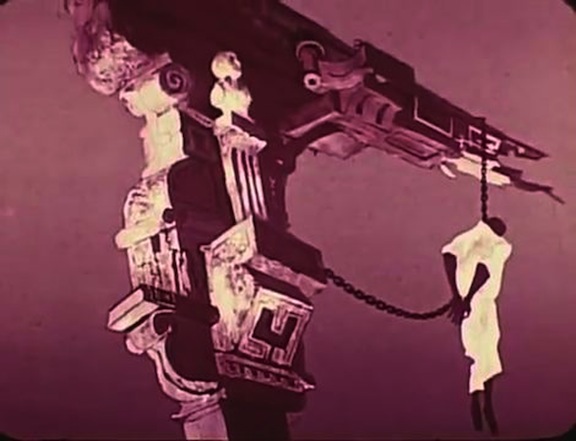
“The Hangman,” before restoration, and (top of article), after initial scanning and restoration. All images courtesy The Animation Show of Shows.
n
Diamond began searching for the original elements of Hangman six years ago, at the encouragement of a key figure in studies of the history of animation, Giannalberto Bendazzi, a former professor at the Nanyang Technological University of Singapore and the Università degli Studi of Milan — and founding member of the Society for Animation Studies — who has been investigating the art form for more than 40 years. He has just released the third volume of his monumental Animation: A World History, in three volumes published by CRC Press, the last volume this year [2016]. In it, he surveys three centuries of the evolution and history of the art form, around the world. (“No animator, nobody who cares about animation should even think to go without having this on their shelf; on their desk,” says Diamond.) An earlier book of Bendazzi’s, also highly regarded book, and much translated, was Cartoons: 100 Years of Cinema Animation, published in 1994 by Indiana University Press). Says Diamond: “He said ‘Ron, you’ve got to find Hangman and preserve it.’ I have nothing else to do between midnight and 3am, so…”
Diamond was able to determine that animator Paul Julian, the co-director, and Les Goldman, the co-director and producer, had died; that the Julian family owned the rights to the film but weren’t earning royalties on it because it wasn’t being rented from its distributor; and that the distributor had sent the film materials in his vault to the U.S. Library of Congress. That raised his hopes that he might be able to locate an internegative of the film, or perhaps even a 35mm print.
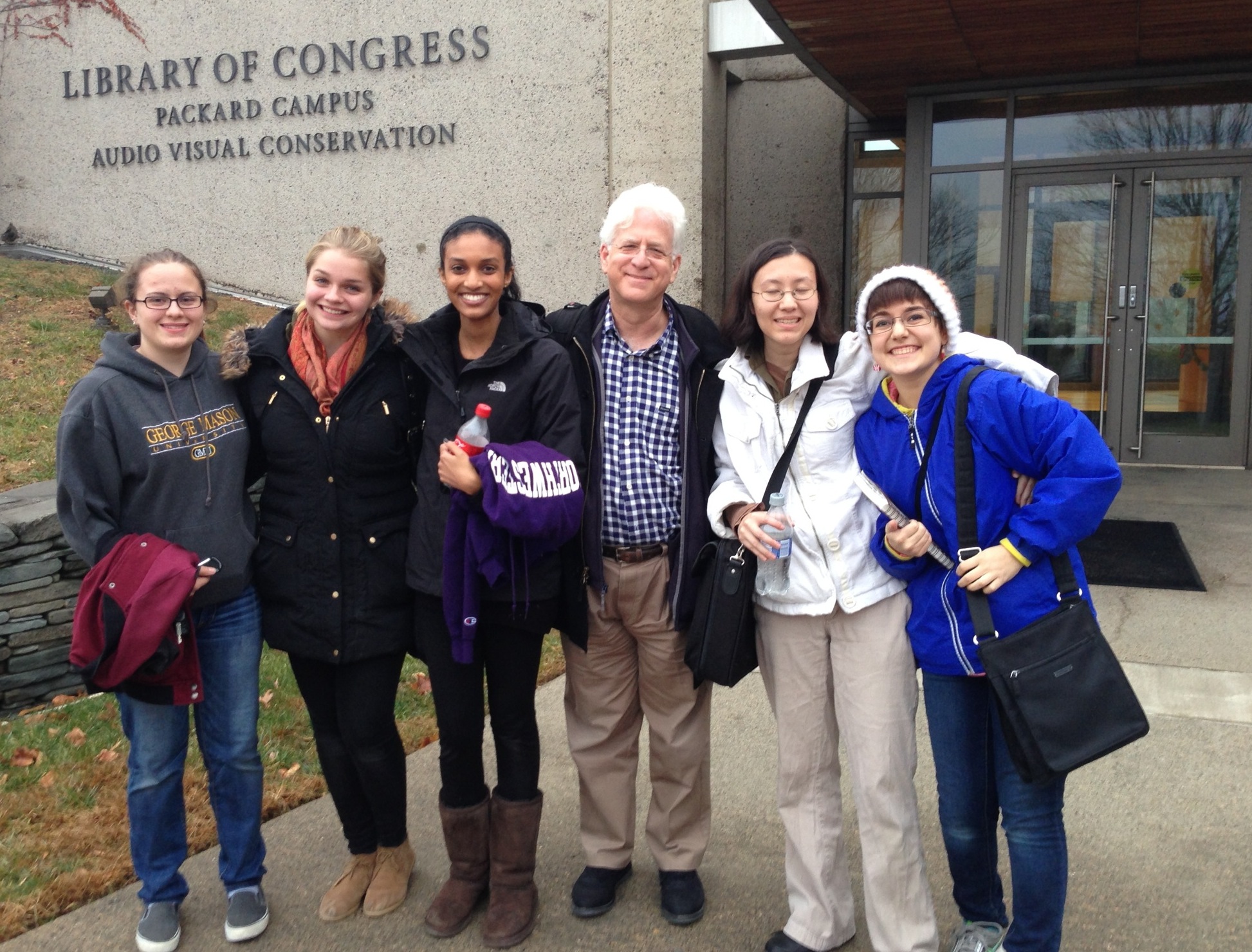
Ron Diamond and his team of volunteers arrive at the Library of Congress’s Packard Campus, ready to search for “Hangman.”
Realizing that finding film elements for one project among 20 palettes and boxes of the donated material was a lot to ask of the Library of Congress, in 2014 Diamond decided that he should mount a search party, and track it down. He put out a call for help from film students at Washington DC-area universities, and soon had a trusty team of six helpers. He flew to the capital, and drove the group out to spend a day at the Library of Congress’s National Audio-Visual Conservation Center in Culpeper, Virginia, just south of the city. “In a little over four hours, the seven of us had gone through 18 palettes, and had found a dozen elements, including a 35mm print without scratches and breaks, but in an unfortunate shade of pink,” says Diamond. They also found an interpositive. The Library of Congress shipped the material to the Academy Film Archive at the Academy of Motion Picture Arts and Sciences, where Diamond would be able to work on them. After scanning them, Julian’s daughter, Alison Julian, an artist, advised him on what color tones the original probably had.
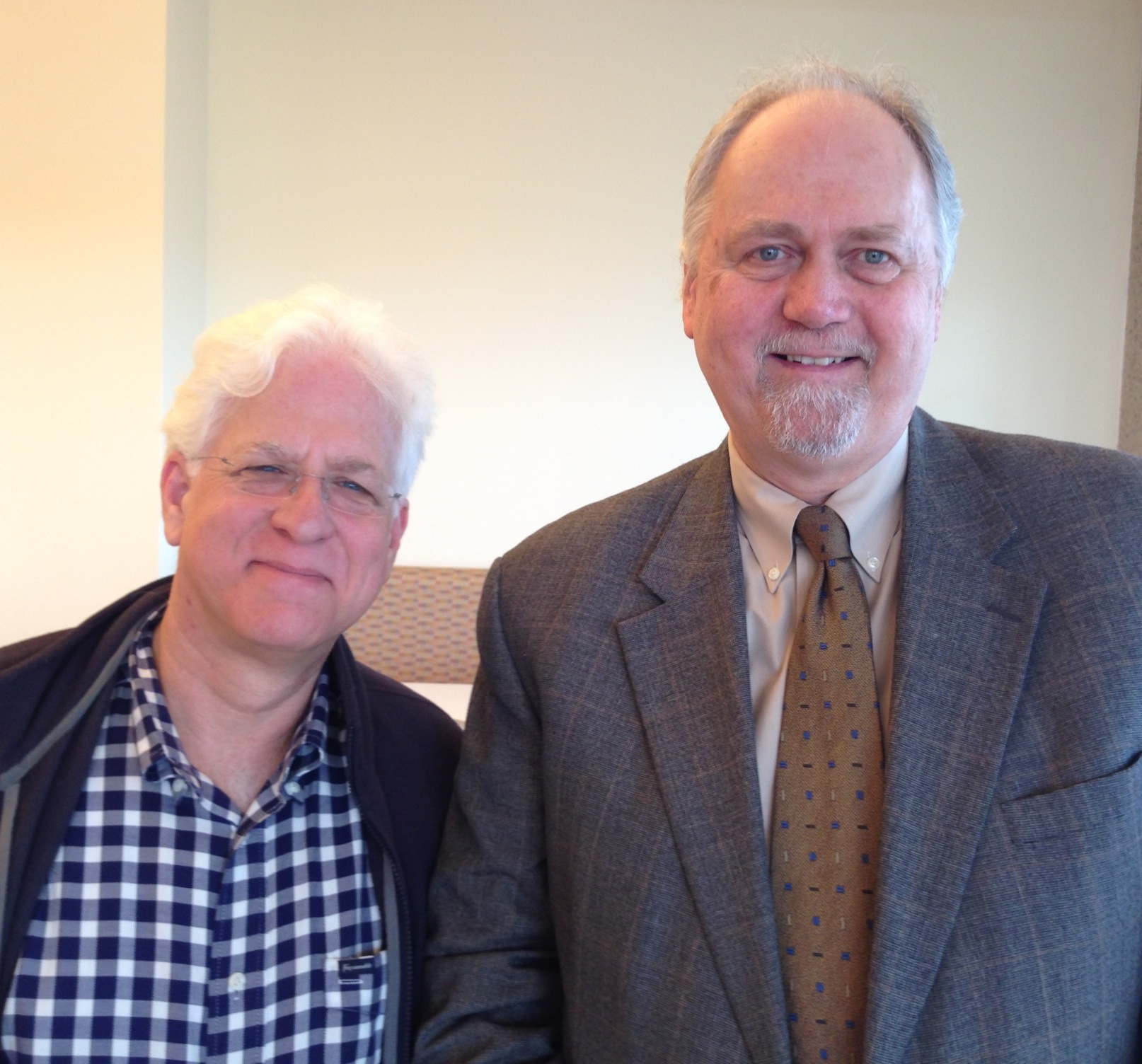
Ron Diamond, left, dressed for the chill of the Library of Congress moving-picture archive in Culpeper, Virginia, greeted there by Greg Lukow, the chief of the Motion Picture, Broadcasting and Recorded Sound Division. It was the first time they had seen each other since Diamond left the UCLA Department of Theater Arts Motion Picture and Television Division with a master of fine arts, in 1982.
One day, in passing, Diamond asked her if there might be any other elements of the film, anywhere – other prints, perhaps a negative?
Not that she could recall, Alison Julian said, at first. But upon reflection it dawned on her that, wait a moment, yes… At least, there might be. She remembered that at some stage some material had been placed in her sister’s basement, in Spokane, Washington.
“A lightbulb went off, and she said ‘If you’re looking for film prints, I know where there might be some. My sister in Spokane has had some films in her basement for the last 17 years,” since their father’s death.
And that turned up the original camera negative and the mix mag (sound recording) tracks. Diamond had already had the interpositive scanned, but now will go through the process again, cleaning up any scratches and dirt, and be able to take viewers one step closer to Julian and Goldman’s original vision.
The end result will be a more sparkling print than the one he saw in school, as a pre-teen. “We’d have seen it in a 16mm print made from a 16mm dupe negative,” he says. “This will be quite an advancement.”
The restoration will still cost plenty of money, and Diamond has a long list of animated shorts in the queue to be preserved. He will run a Kickstarter campaign, beginning next week, 4 June 2016, through to 1 July at KickstartASOS.com.
Meanwhile Diamond presses on with his advocacy of imaginative animation. In June 2016 he’ll be at the Annecy International Animation Festival, the leading such event, to present two programs, one his view-from-Hollywood of French animation, the other a mix of new, digitally produced Acme Filmworks projects, together with restored early films by the company shot on 35mm.
— Peter Monaghan
Previous Post: Yale to Preserve Documentarian Nick Doob
Next Post: Ruby Bridges, 6, Symbol of Desegregation

